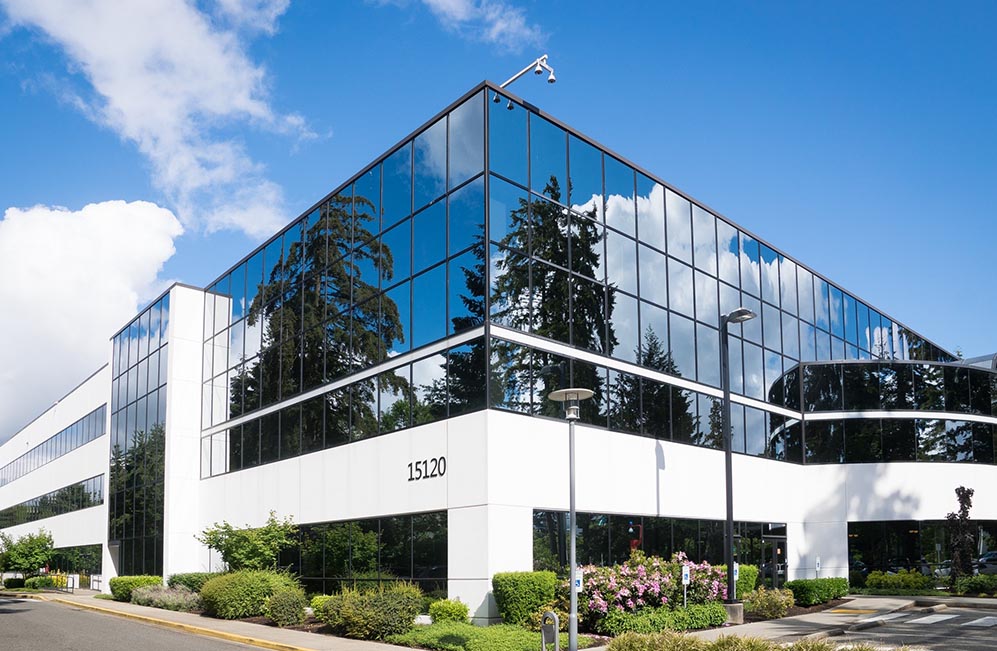The concept of HyFlex curriculum delivery was introduced in higher education, allowing students the opportunity to experience learning in a variety of formats, whether online or in-person with the option of choosing a mode of attendance weekly or by topic, according to need or preference. This academic model has moved out of the ivory tower to the C-Suite, as employers and employees navigate a changed workplace with dramatically different needs and expectations post-pandemic.
Although the office workplace continues to evolve, most agree that it is not going away anytime soon. A survey of 445 U.S. firms in late 2021 referenced by Harvard Business Review Workspaces Design, found that most firms foresaw only a 1.4 percent reduction in the need for space by 2022. Notwithstanding, those employees who shifted to hybrid work were seeing a 30 percent or more reduction in time spent on-site. These firms opted to maintain their footprint to allow for reduced density and social distancing—suggesting that changed workplace norms and behaviors may be here to stay. This sense of shifting priorities will likely remain for some time as companies reevaluate how much space they need and how to do business.
A recent tenant study by CBRE found that over half of those surveyed expect to reduce office space over the next three years. Those companies opting for smaller leased spaces of less than 10,000 square feet are competing in a highly competitive Class A market. Many employees are prioritizing their health, well-being, and demand modern buildings with flexible design featuring state-of-the-art HVAC filtration systems. Tenant downsizing and flight-to-quality has resulted in a marked increased sublease space availability.
Noah Streit, Managing Principal of Streit Lending offers,
“The anemic pace of leasing makes the office sector challenging. In our experience, lenders are responding by increasing loan-to-value (LTV) requirements, increasing rates, and trying to think about alternative uses for office property in the event of issues down the line.”
A riskier and challenging investment market is evident across all asset classes, but particularly in the office sector. Softening market fundamentals in the second quarter of 2022, and a further cooling in June, is prompting tenants to delay making long-term lease commitments. Lenders are more conservative today, reflecting the belief that there has been a systemic change in how office will be utilized long-term. Certain niche property types such as data centers, medical office buildings and life science facilities may be viewed as less risky for their resilience during the pandemic.
Streit concludes by stating the need for all parties to be prepared and adjust when needed.
“Understanding all the dynamics of the CRE sector as a lender requires persistence and experience across property types. We continue to adapt to market conditions and weigh shifts, in order to uncover opportunities to deliver capital to borrowers we recognize have solid business plans for their real estate assets.

